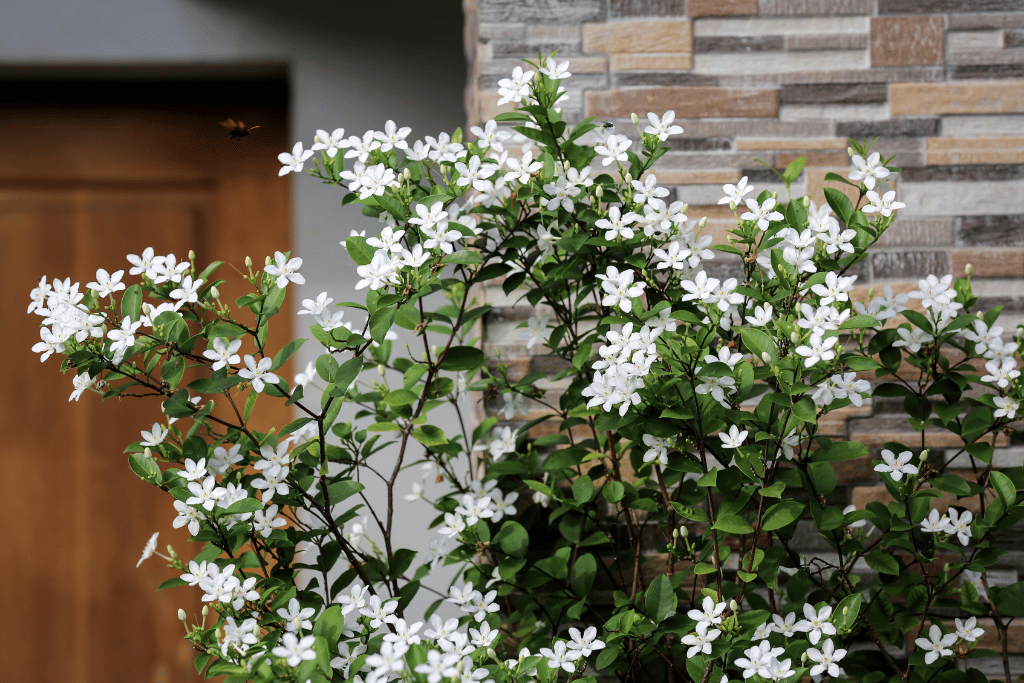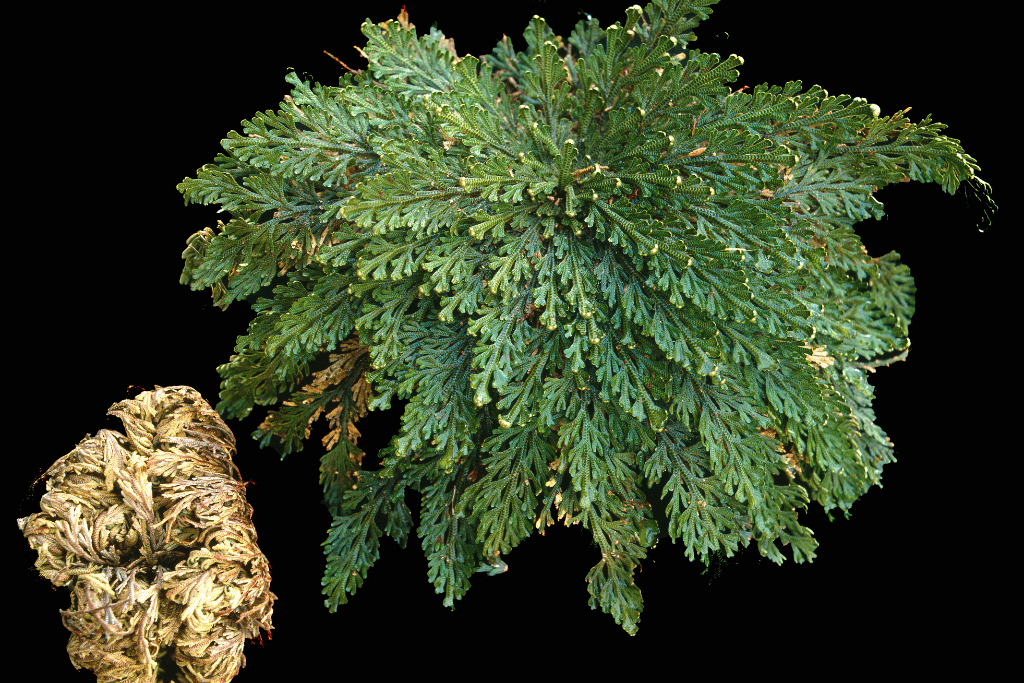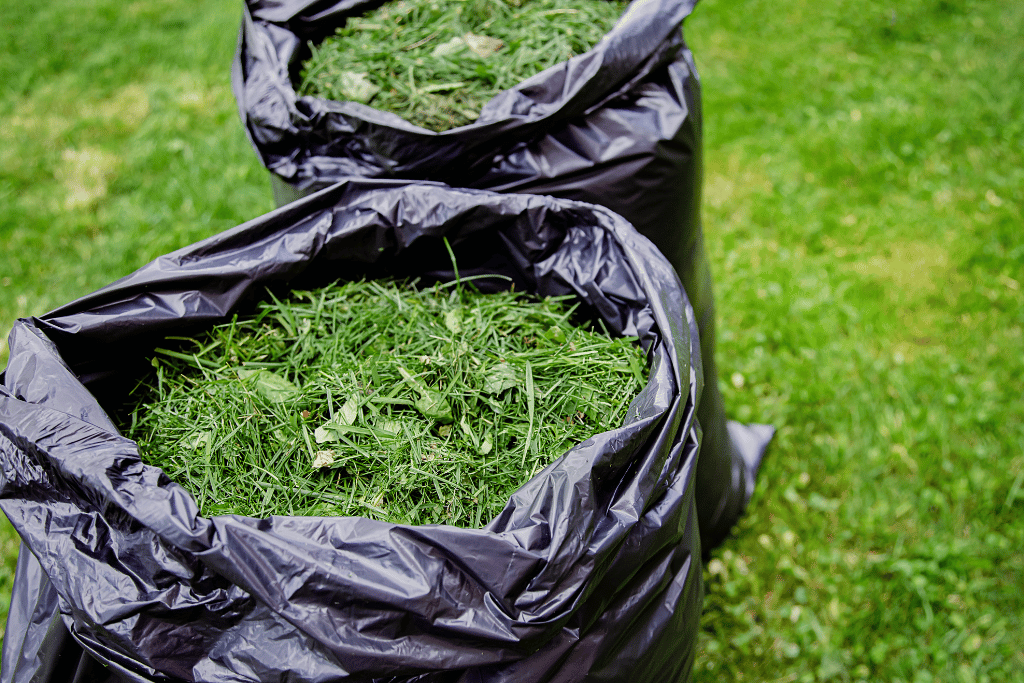
I don’t know about you, but I hate pulling weeds. I love my garden and all the wonderful plants that grow there, but taking care of it can feel like more of a chore and less of a hobby sometimes. I’m not too keen on the use of herbicides to control less desirable species though, so that limits my options. Luckily, mulch can be an effective treatment to reduce the number of weeds in your garden, plus it comes with plenty of other benefits!
Like compost and fertilizer, mulch is an essential part of maintaining a healthy garden. It can have many benefits for your garden including temperature control, erosion control, moisture retention, and weed suppression. Mulch is a general term that can apply to a variety of materials, both organic and inorganic. The typical mulch you might see in a garden bed would be wood chips of various colors, surrounding the base of plants or newly transplanted trees. Depending on the size of your garden, purchasing mulch can get quite expensive. If you are interested in all the benefits mulch can provide, but not the price tag, you might find a useful mulch in something you likely have easy access to – grass clippings!
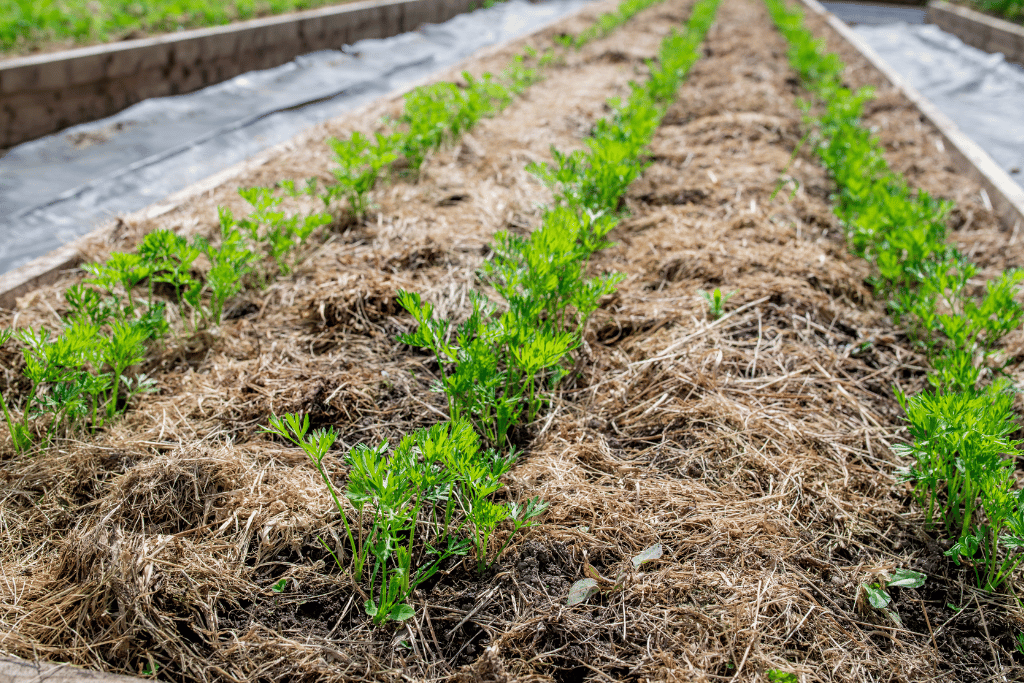
Grass Clippings as Garden Mulch – Pros and Cons
Just like anything else you can introduce to your garden, using grass clippings as mulch comes with pros and cons. It is important to research if this method will work for you before you make any decisions.
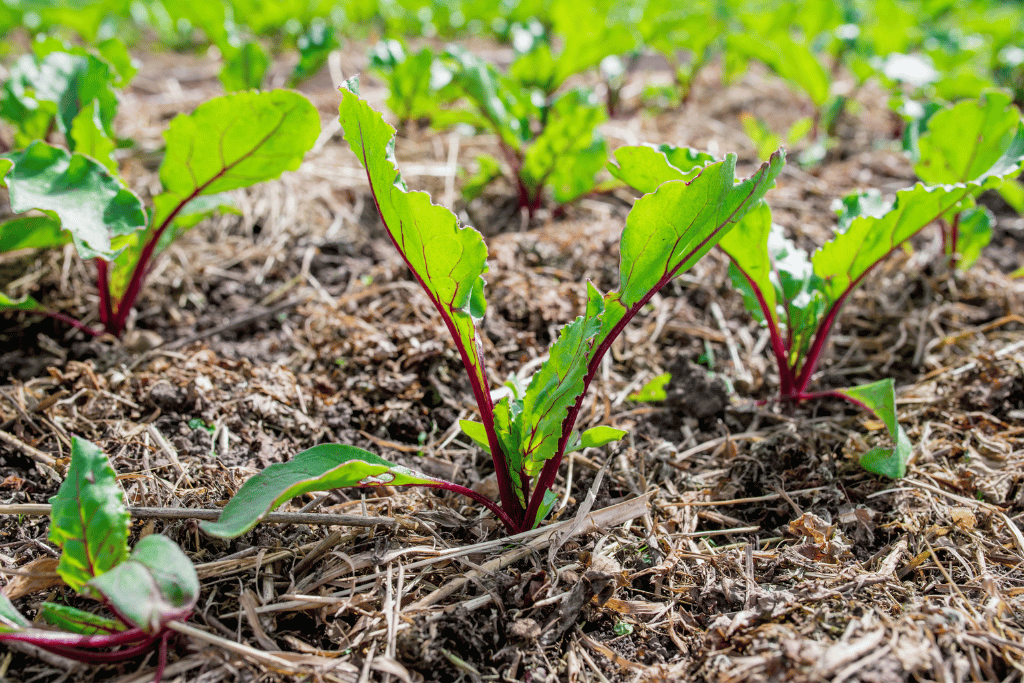
Benefits of Grass Clippings as Mulch
On the positive side, grass clippings come with many benefits when used as mulch:
- Cost-effective: Even if you don’t have plenty of grass to mow yourself, you likely know a friend or neighbor who would be happy to give you clippings for free.
- Retains moisture: Grass clippings retain moisture when placed on top of the soil around your plants. This can reduce the need for watering and protect your plants from long periods of hot temperatures.
- Nutrient-rich: If you aren’t using other additives like fertilizer in your garden, grass clippings can add much-needed Nitrogen as they slowly break down and decompose into the soil.
- Suppresses weeds: By covering the soil, preventing weed seed establishment, and blocking sunlight from reaching weeds sprouting under your plants, using grass clippings as mulch can help reduce the time you spend weeding your garden!
- Improves soil health: Grass clippings add to soil structure and provide organic matter as they break down, improving soil health.
- Sustainable: The use of grass clippings makes use of something that would otherwise be wasted and prevents the need to purchase other mulches that likely take more energy to produce, process, and transport to your local store.
Cons of Grass Clippings as Mulch
However, there are also cons to this method of mulching that you should be aware of:
- Introducing weeds: Grass clippings may also introduce weeds to your garden, the exact opposite of what you want to accomplish. This is because clippings might contain weed seeds or even small roots from weeds from your yard, that will then establish in your garden.
- Less attractive: Dried, decomposing grass clippings are likely not as aesthetically pleasing as dyed bark or other mulch options. Best to save this method for the backyard garden!
- Compaction: Dense mats of damp grass clippings can become compacted and prevent water and oxygen from reaching the soil. This can also retain too much moisture under the clippings, causing issues like mold or mildew.
- Pests: Various pests might take advantage of the grass clippings in your yard, like mice, slugs, and snails.
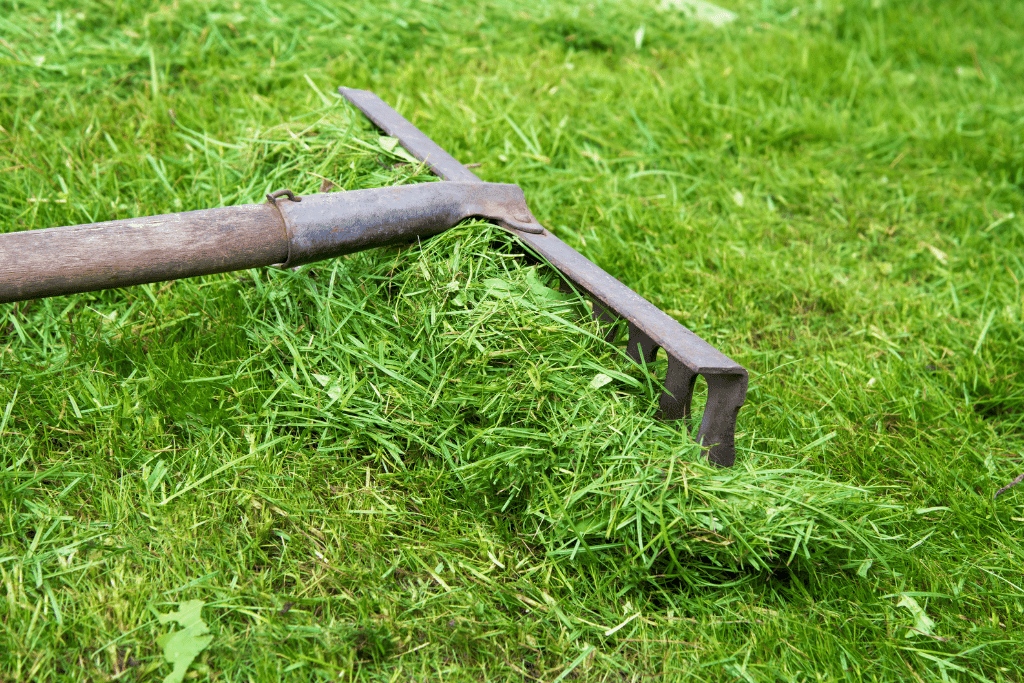
How to Use Grass Clippings as Mulch
If you decide this method is right for you, there are a few things you should do to prepare grass clippings as mulch for your garden. This will help to reduce the issues discussed above and increase the usefulness of your clippings.
- Mow regularly: You should mow your lawn often (or have regular access to clippings) so you can refresh regularly. Avoid stressing your lawn out by only clipping one-third of the grass length each time.
- Collect your clippings: Gather your grass clippings using a grass catcher attachment for your mower, or rake them by hand after you mow. Use a large yard waste bag or wheelbarrow to collect them.
- Dry the clippings: Spread your clippings in a thin layer in a sunny spot and let them dry for a couple of days. This will prevent them from becoming slimy and rotten or decomposing too quickly.
- Add clippings to your garden: Once dry, add the clippings to your garden by spreading them around the base of your plants. To avoid compaction, use only a couple of inches of clippings at most.
- Water: After adding clippings to your garden, water them gently to weigh them down and prevent them from blowing away.
Note that grass clippings should be used fresh when used as mulch. If left in a pile for a few days, they can decompose quickly and add an unpleasant smell to your garden. If you have too many clippings for your garden after mowing, consider adding them to your compost to create a nutrient-rich addition for your garden later on!
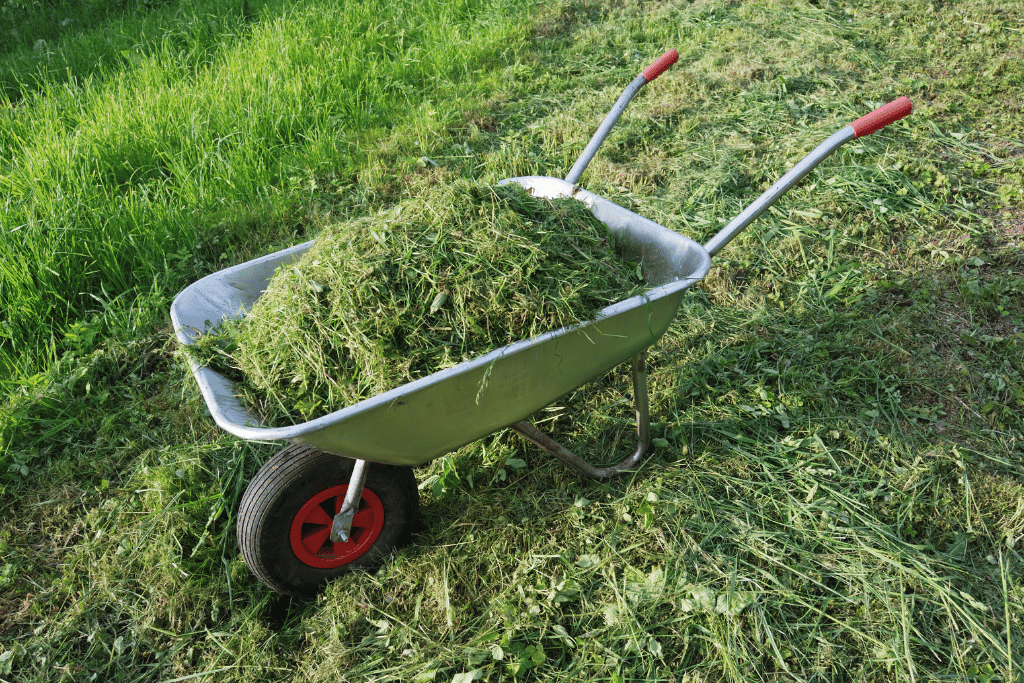
Conclusion on Clippings
Overall, grass clippings provide an easy, cheap, and natural way to mulch your garden. Be sure to sufficiently dry the clippings prior to applying them to your garden, and use only a thin layer to prevent any issues with pests or dampness. By following these simple tips and tricks for using grass clippings as mulch, you can help your garden, and your wallet, at the same time!
Frequently Asked Questions (FAQ)
How long does it take grass clippings to decompose?
If added to a compost pile or left in a thin layer in your yard or garden, grass clippings can decompose as quickly as a few weeks. Leaving grass clippings in a large pile is not advised as it will take longer to break down and may attract pests to your yard.
Can grass clippings cause weeds?
Using grass clippings in your garden does have the potential to add weeds. This is due to remnant weed seeds or even bits of roots that can establish in the soil. If you have lots of weeds in your lawn, you might reconsider using clippings as mulch, or make sure weeds aren’t seeding out when you mow.
What can I do with large amounts of grass clippings?
The use of a thin layer of grass clippings is a good method of mulching a garden. Beyond this, you can also compost clippings to add nutrients like nitrogen to your compost mix. If you have small animals like chickens or rabbits, they might enjoy fresh clippings as a snack. Finally, you can leave some clippings on your lawn to naturally decompose and add nutrients back to the soil!
Can you smother weeds with grass clippings?
Grass clippings likely won’t provide a dense enough layer to smoother weeds without also creating additional issues like mold or mildew. Use landscape fabric temporarily to smother weeds, removing before planting something to allow the soil to properly breathe. Alternatively, you can use cardboard to smother weeds, adding soil and planting on top. This has the added benefit of the cardboard decomposing and adding structure to the soil.


